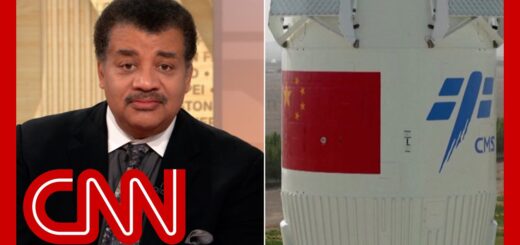The Race to Space: A Timeline of Historic Missions
The Race to Space: A Timeline of Historic Missions
The race to space has been one of the most exciting and groundbreaking competitions in human history. From the first successful launch of a satellite into orbit to the first manned mission to the moon, the achievements in space exploration have captivated the world and pushed the boundaries of what is possible.
1957: Sputnik 1
The race to space officially began on October 4, 1957, when the Soviet Union successfully launched Sputnik 1, the first artificial satellite to orbit the Earth. This historic achievement marked the beginning of the space age and sparked a frenzy of technological advancements in the United States and around the world.
1961: Yuri Gagarin
On April 12, 1961, Yuri Gagarin became the first human to journey into space and orbit the Earth aboard the Vostok 1 spacecraft. His mission was a major milestone in the space race and solidified the Soviet Union’s lead in space exploration.
1969: Apollo 11
The United States finally caught up to the Soviet Union in the race to space with the historic Apollo 11 mission. On July 20, 1969, astronauts Neil Armstrong and Buzz Aldrin became the first humans to set foot on the moon, while Michael Collins orbited above in the command module. This monumental achievement fulfilled President John F. Kennedy’s goal of landing a man on the moon before the end of the decade.
1971: Salyut 1
The Soviet Union launched the world’s first space station, Salyut 1, in April 1971. This marked the beginning of long-duration human spaceflight missions and laid the groundwork for the construction of future space stations like Mir and the International Space Station.
1981: Space Shuttle Columbia
The United States launched its first reusable spacecraft, the Space Shuttle Columbia, on April 12, 1981. The Space Shuttle program revolutionized space travel by providing a more cost-effective and flexible means of transporting astronauts and cargo to and from Earth’s orbit.
1998: International Space Station
In November 1998, the first module of the International Space Station (ISS) was launched into orbit. The ISS serves as a collaborative research laboratory for astronauts from around the world to conduct experiments in microgravity and study the effects of long-duration spaceflight on the human body.
The race to space has been a testament to human ingenuity, determination, and cooperation. As we look to the future, new missions and discoveries in space exploration continue to push the boundaries of what is possible and inspire the next generation of explorers to reach for the stars.













